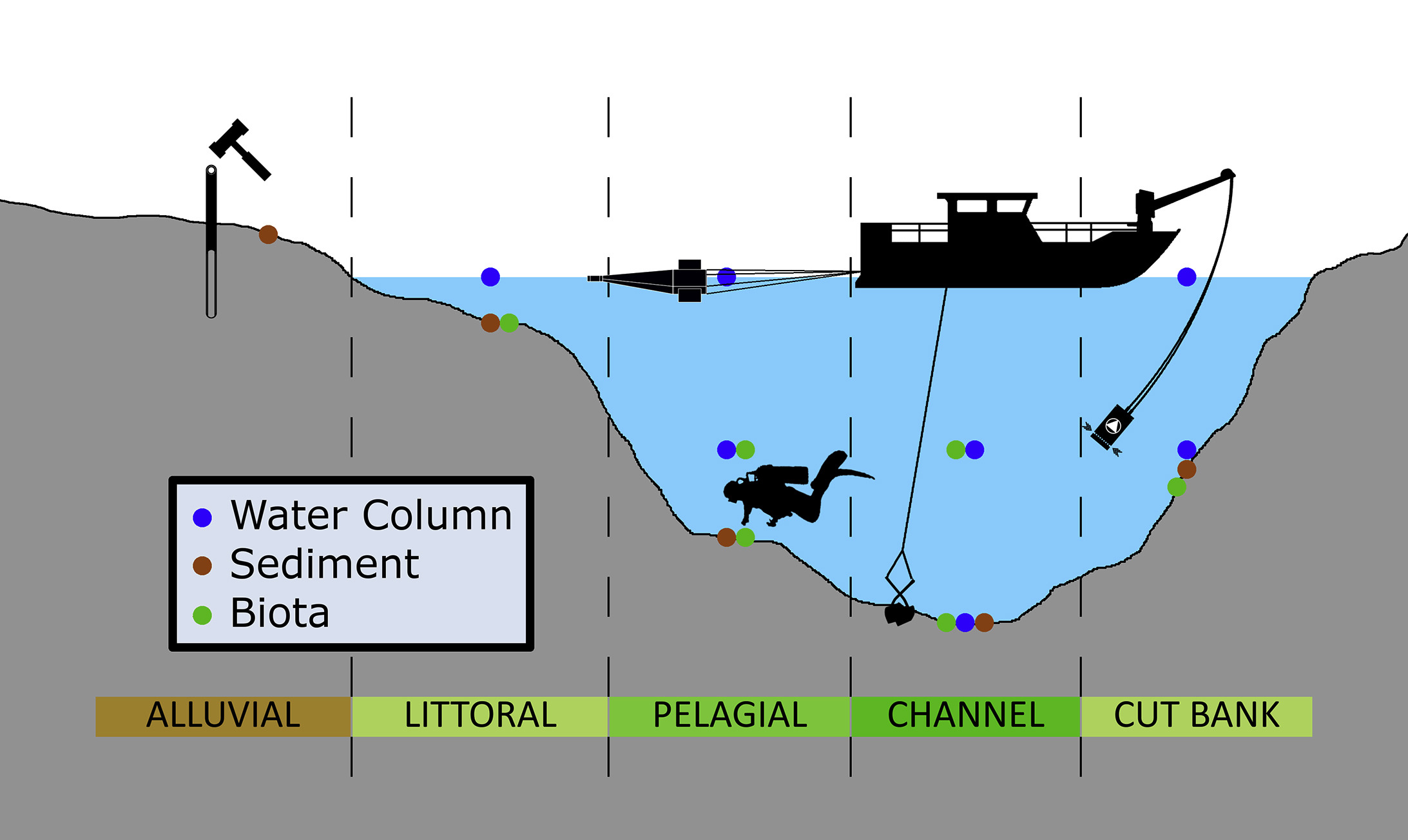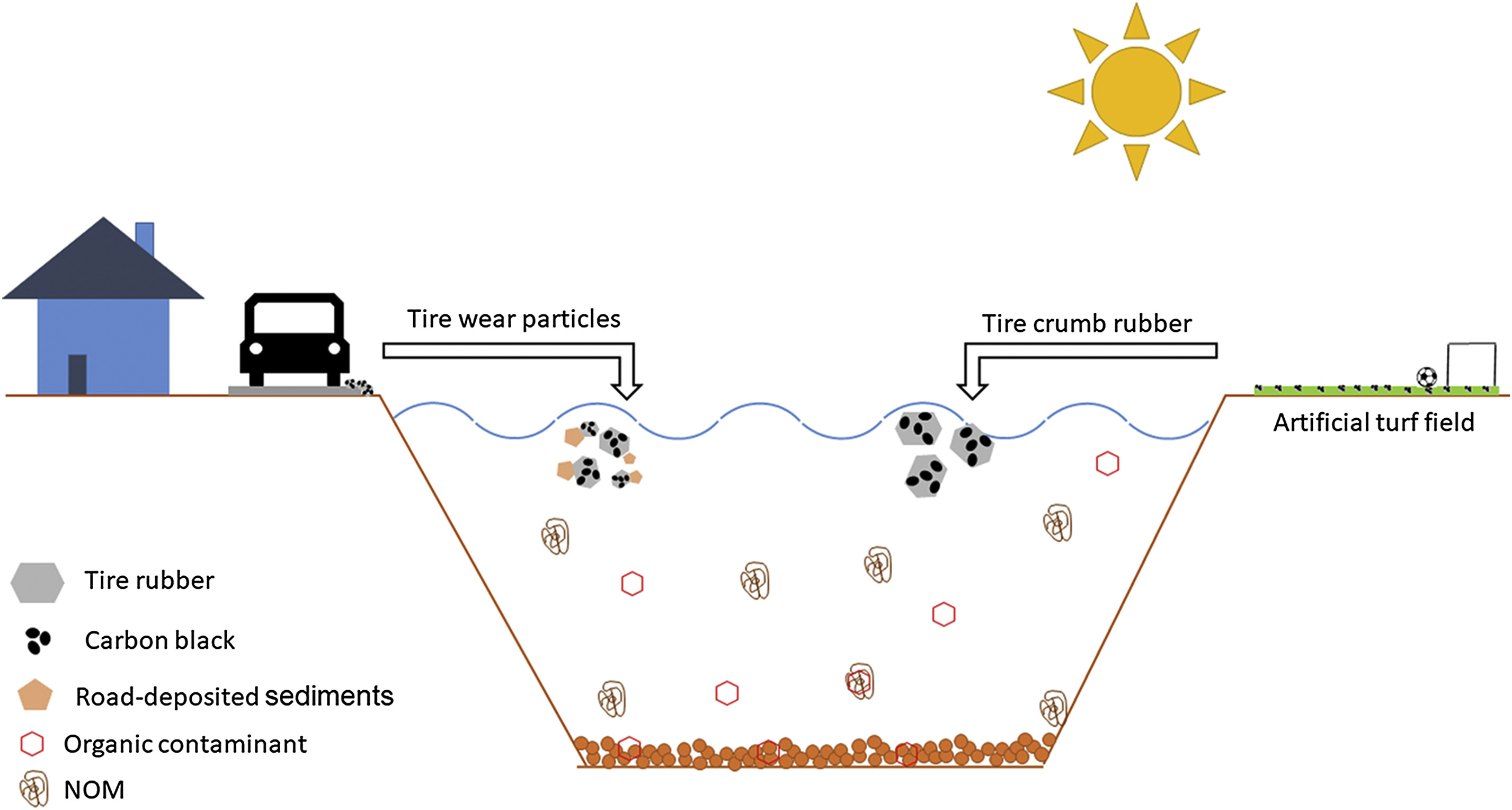Elsevier, Joule, Volume 3, 17 April 2019
Falling prices and significant technology developments currently drive an increased weather-dependent electricity production from renewables. In light of the changing climate, it is relevant to investigate to what extent climate change directly impacts future highly weather-dependent electricity systems. Here, we use three IPCC CO 2 concentration pathways for the period 2006–2100 with six high-resolution climate experiments for the European domain.
Elsevier, Joule, Volume 3, 17 April 2019
PET is a ubiquitous material because of its robust properties. Today, less than 30% of PET bottles and few carpets are recycled in the United States, leading to the majority of PET being landfilled. The low PET reclamation rate is due to the fact that PET bottle recycling today is mechanical, resulting in a devalued product. Here, reclaimed PET (rPET) bottles are converted to fiberglass-reinforced plastics (FRPs), which sell for more than twice that of rPET. When monomers derivable from biomass are incorporated, rPET-FRPs with superior properties are achieved.
Elsevier, Sustainable Cities and Society, Volume 46, April 2019
Key Performance Indicators are important instruments, both in defining high-level goals (international or national) and when planning smart energy communities. However, there is often a gap between the high-level goals, and possible and planned measures on the community level. Evaluation of development scenarios against a defined set of indicators and goals can help urban planners and other stakeholders understand the consequences of their strategies. This article presents a scenario calculator designed to link detailed measures with overall climate goals.
Elsevier, Teaching and Teacher Education, Volume 80, April 2019
This essay shares findings from an exhaustive review of the English-language published scholarship on integrating gender and sexual diversity in teacher education (GSDTE) since 1982. The 158 sources substantiate a largely USA-based field with an array of studied pedagogies and a citational reliance on statistics that reveal the school-sited suffering of gender and sexual minority youth.
Elsevier, The Lancet Global Health, Volume 7, April 2019
Background: Men who have sex with men (MSM) are disproportionately affected by HIV and other sexually transmitted infections (STIs) worldwide. Previous reviews investigating the role of circumcision in preventing HIV and other STIs among MSM were inconclusive. Many new studies have emerged in the past decade. To inform global prevention strategies for HIV and other STIs among MSM, we reviewed all available evidence on the associations between circumcision and HIV and other STIs among MSM.
Elsevier, TrAC - Trends in Analytical Chemistry, Volume 113, April 2019
Microplastics are emerging pollutants in aquatic and terrestrial environments. In the last years, several case studies and reviews have been published about microplastics in freshwater and marine environments. However, no standardized methods are available for sampling and sample preparation. Based on literature research, this review presents different techniques and methods for sampling as well as the preparation of microplastic samples from water, sediment and biota of freshwater and marine environments.
Elsevier, TrAC - Trends in Analytical Chemistry, Volume 113, April 2019
Although the study of the effects of microplastics increased in the last years, terrestrial ecosystems remain less studied. In fact, the effects of microplastics in insects, the most abundant group of animals and major providers of key Ecosystem Services, are not well known despite the potential cascading negative effects on the ecosystems functioning in the habitats where they occur.
Elsevier, TrAC - Trends in Analytical Chemistry, Volume 113, April 2019
Tire materials are a significant proportion of the (micro)plastics in the environment that until today have been clearly overlooked. These materials are released into the environment, either unintentionally as an abrasion product from tire wear, that reaches the environment via road runoff, or intentionally as, for example, shredded “tire crumble rubber” used as filling material for playgrounds.


